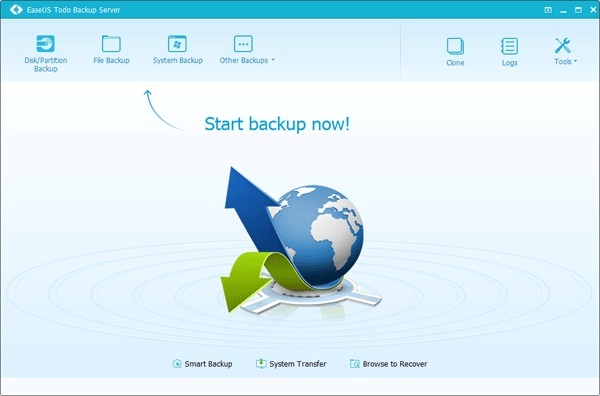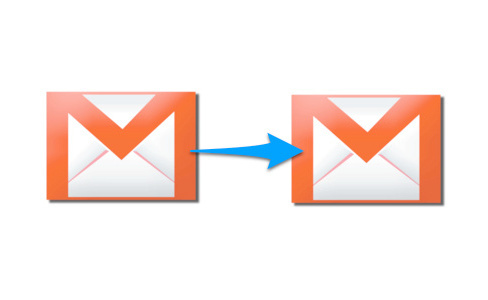Video mapping has taken thousands of viewers by surprise. It is a new technique that uses video projectors to project images under unexpected surfaces. The result “alters” viewer’s perceptions and creates a rather unique experience. The technique has gained lots of popularity over the last few years, and is currently used in thousands of events around the globe.
For anyone interested on a video mapping project, the first and most important thing they’ll need is, obviously, a video projector. A relatively powerful projector is needed if the area to cover has huge proportions (buildings or streets). In the case of little objects or room projections a basic 5600 lumens projector will be enough to show the video and images at great quality. At least 20.000 lumens are required in order to project a clear, sharp image on a huge surface or from long distances. There are definitively other factors to consider, like the kind of lens that’s required for a building projection. A NEC projector would be a great option if you are looking for a cost effective device.
These are the minimum requirements a video projector must have to use for video mapping.
- 15.000 Lumens min (on a building surface, preferably 20.000)
- Enough Darkness
- A Remote device to control the projection (this is somewhat obvious, but important)
- At least 1024×768 pixels of resolution
Some kind of photo camera is also required. The lens should be adjusted in order to match as close as possible the lens of the video projector. If you are using a video projector with a good lens, you will also need a high end camera. This is a very important factor that should not be overlooked.
Remember that video mapping is usually somewhat expensive. Projectors are often to blame, since they usually cost a lot. However, they can be used for countless shows and sessions. There is also the option of renting a good video projector. If possible, contact an organization that can sponsor the project. This will help cover most of the expenses derived from the rent of the equipment. Of course the real challenge comes when the event planner is able to create something eye catching and unique that satisfies his clients.
The great news about video mapping is that it’s environment-friendly. Apart from the unavoidable waste of energy required to project the images, no other type of hazardous paint or chemical component is required for a great spectacle. Another advantage of this new use of technology is that it does not harm in any form the surface you project on, and once the show is over, everything remains as it previously was.


